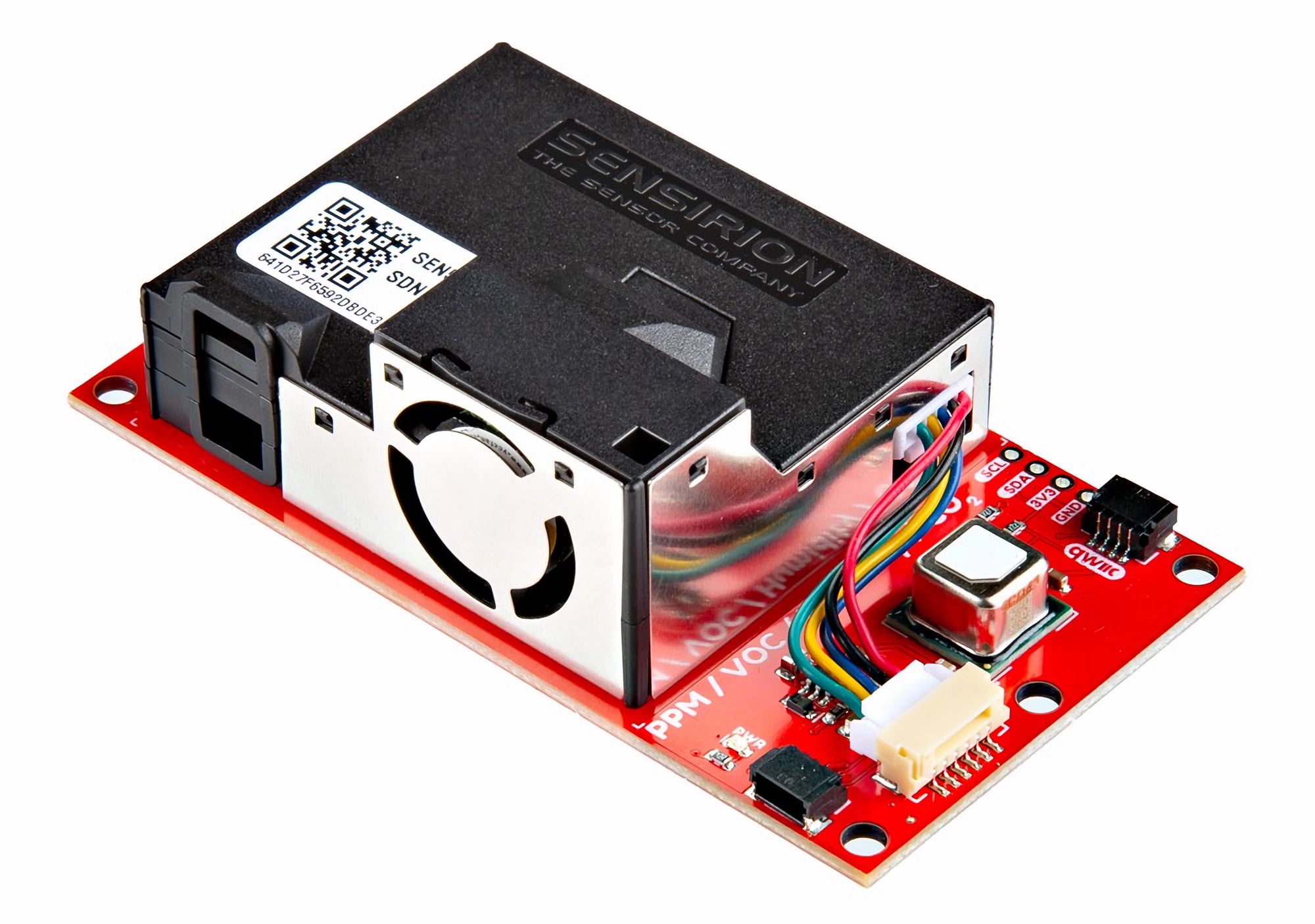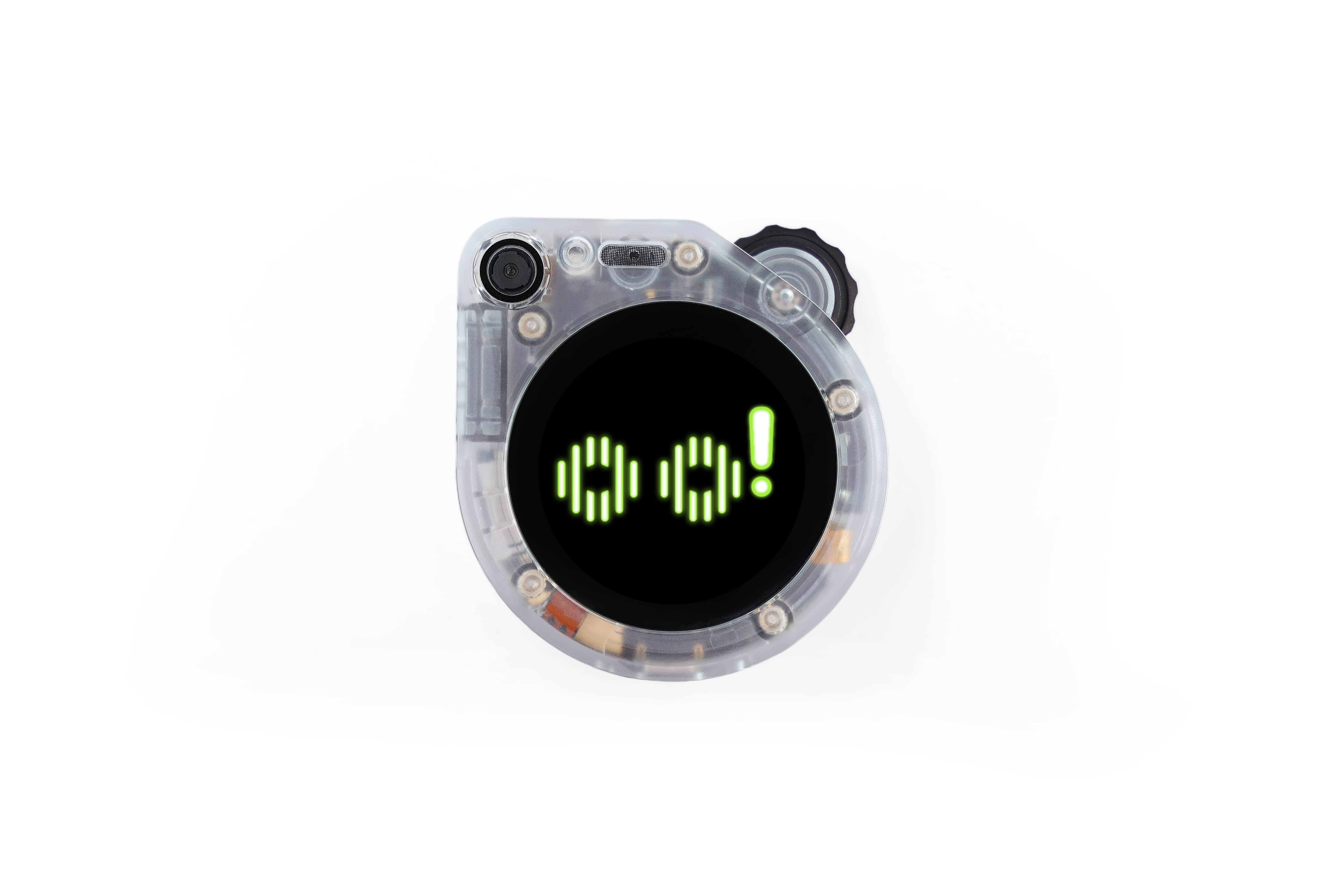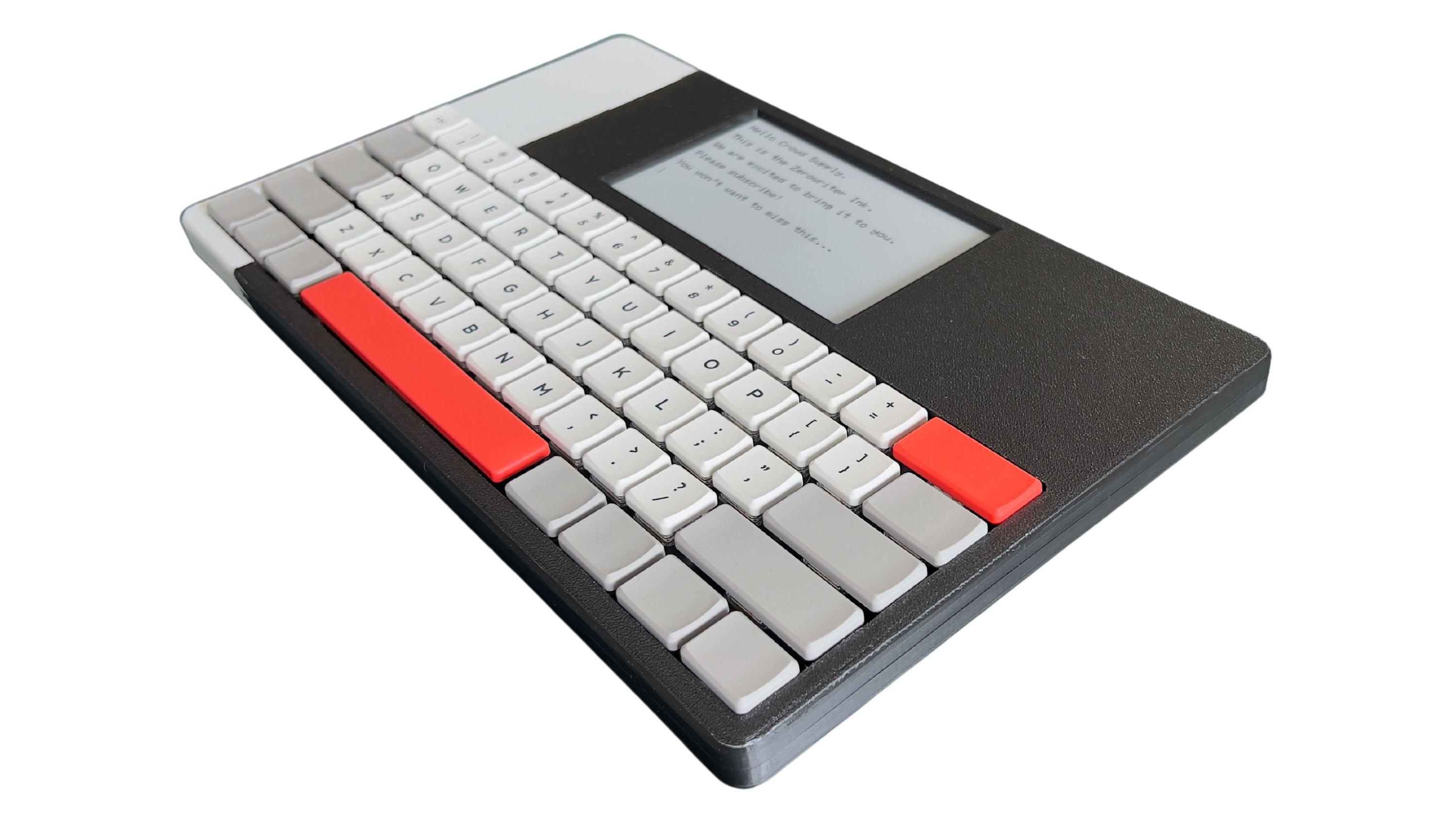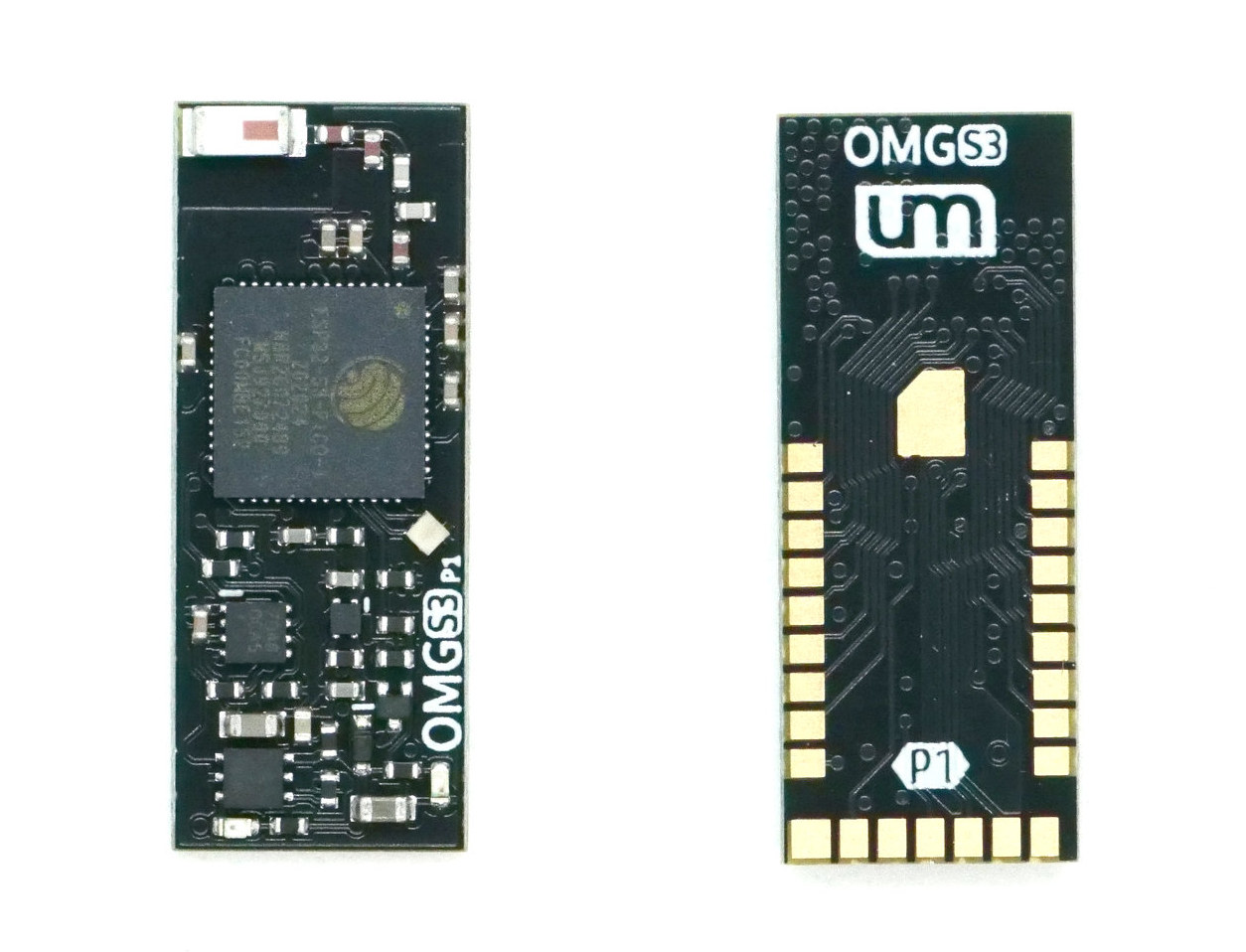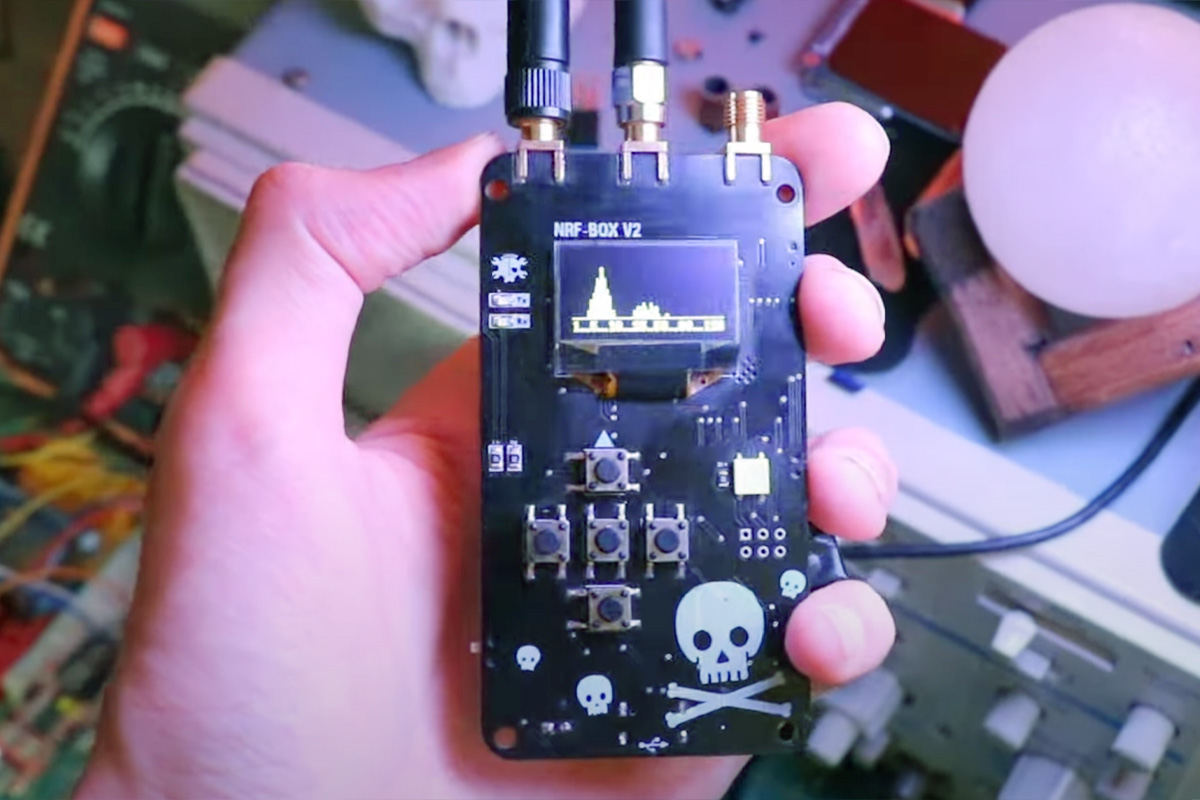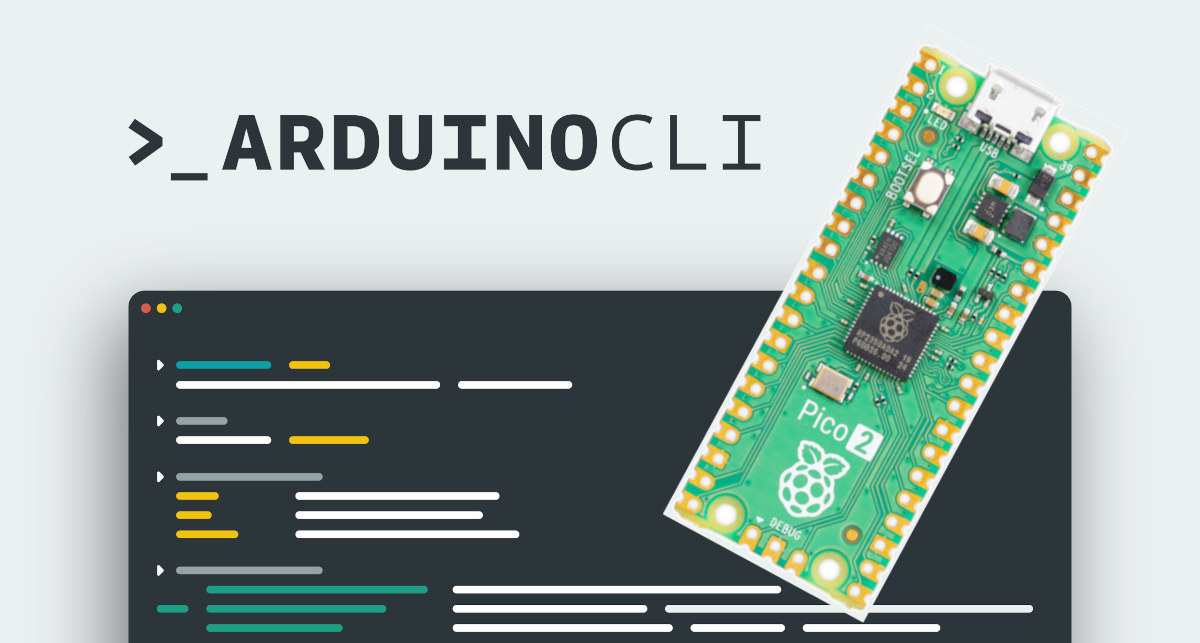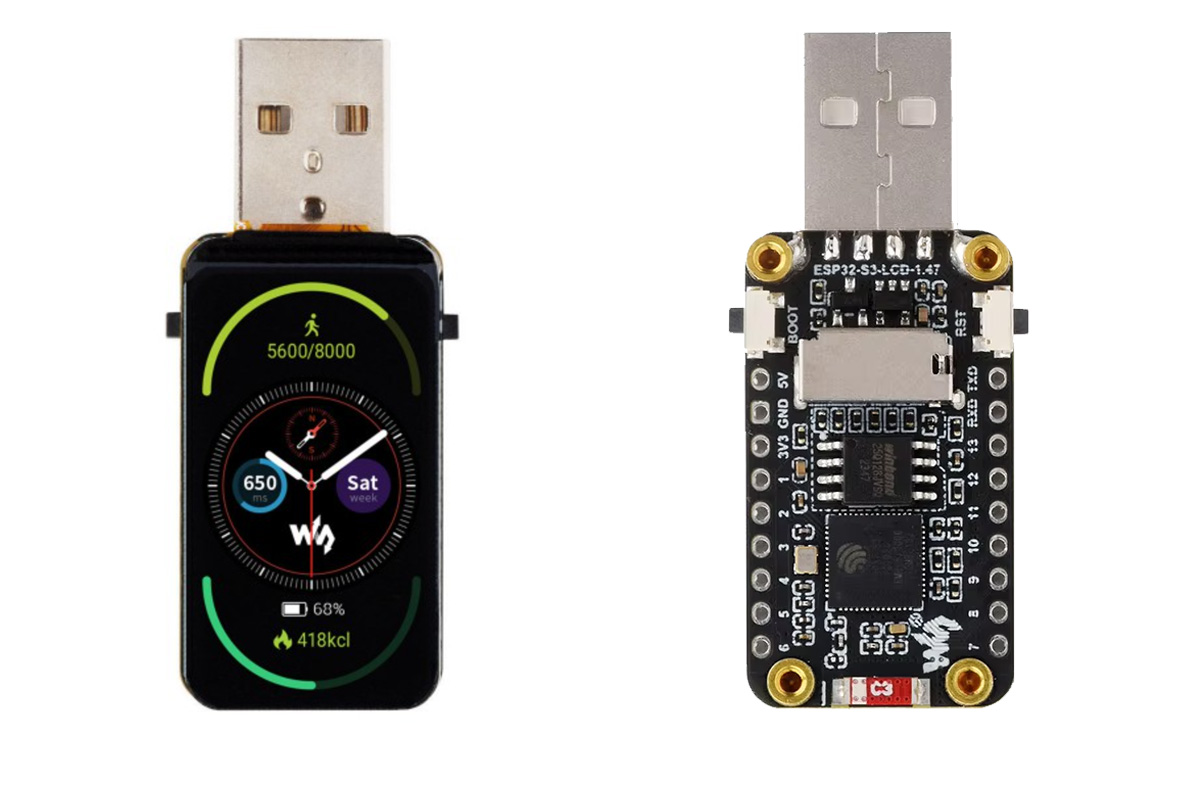SparkFun has released a new air quality multi-sensor board, the Indoor Air Quality Combo Sensor, which integrates the SCD41 and SEN55 sensors from Sensirion for measuring carbon dioxide, volatile organic compounds (VOCs), particulate matter, relative humidity, and temperature. The air quality multi-sensor board simplifies power management for the two sensors via onboard DC voltage conversion and allows a single Qwiic connection for power and communication. It features two Qwiic connectors and a 0.1”-space through-hole header for I2C and power. The board is not a complete solution for indoor air quality monitoring. It has to be connected to a Qwiic-enabled microcontroller such as SparkFun Thing Plus Matter, DataLogger IoT, and the ESP32 Qwiic Pro Mini. Users can install the required Arduino libraries — the Arduino Core library, Sensirion I2C SEN5x, and SparkFun SCD4x — either via the Arduino library manager or directly from SparkFun. The device is open-source, with hardware files, […]
The SenseCAP Watcher is a voice-controlled, physical AI agent for LLM-based space monitoring (Crowdfunding)
Seeed Studio has launched a Kickstarter campaign for the SenseCAP Watcher, a physical AI agent capable of monitoring a space and taking actions based on events within that area. Described as the “world’s first Physical LLM Agent for Smarter Spaces,” the SenseCAP Watcher leverages onboard and cloud-based technologies to “bridge the gap between digital intelligence and physical applications.” The SenseCAP Watcher is powered by an ESP32-S3 microcontroller coupled with a Himax WiseEye2 HX6538 chip (Cortex-M55 and Ethos-U55 microNPU) for image and vector data processing. It builds on the Grove Vision AI V2 module and comes in a form factor about one-third the size of an iPhone. Onboard features include a camera, touchscreen, microphone, and speaker, supporting voice command recognition and multimodal sensor expansion. It runs the SenseCraft software suite which integrates on-device tinyML models with powerful large language models, either running on a remote cloud server or a local computer […]
Zerowriter Ink is an open-source, ESP32-S3-based e-paper word processor (Crowdfunding)
Zerowriter Ink is an e-paper word processor for writers interested in an open-source, distraction-free writing tool built around the ESP32-S3 wireless microcontroller. It features a customizable, mechanical keyboard with low-profile Kailh Choc switches and a second-edition Inkplate 5 e-paper display from Soldered Electronics. The Zerowriter Ink is a compact, dedicated writing tool that can be tossed in a backpack and taken on the road. It is designed as an open-source, customizable alternative to other portable word processors like the Alphasmart Neo and the Pomera DM30. It builds on the first ZeroWriter project but comes fully assembled. The keyboard is hot-swappable, with a US-English layout and printed legends. The onboard Inkplate 5 e-paper display is powered by an ESP32-S3 microcontroller with support for Wi-Fi 4 and BLE 4. It also comes with a 5,000mAh LiPo battery that can last for several weeks of daily use or a month of standby on […]
ESP32-S3-PICO-based OMGS3 is the world’s smallest fully-featured ESP32-S3 module/board
Based on the ESP32-S3-PICO system-in-package (SiP), Unexpected Maker OMGS3 is a small, yet full-featured ESP32-S3 module/board whose designer claims is the world’s smallest in its category at just 25x10mm in size. It replaces the earlier Unexpected Maker NanoS3 based on the ESP32-S3FN8 SoC measuring 28 x 11 mm. The OMGS3’s ESP32-S3-PICO SiP integrates a dual-core ESP32-S3 WiFi and BLE wireless SoC, 8MB QSPI flash, and 2MB QSPI PSRAM. The board itself also includes a 3D antenna, an RGB LED, two LEDs for power and charging, and I/Os are exposed through 26 solder pads. Unexpected Maker OMGS3 specifications: SiP – Espressif ESP32-S3-PICO SoC ESP32-S3 dual-core Tensilica LX7 up to 240 MHz with 512KB SRAM, 16 KB RTC SRAM Wireless – WiFi 4 and Bluetooth 5 LE + Mesh Memory – 2MB QSPI PSRAM Storage – 8MB QSPI flash Antenna – High-gain 3D antenna I/Os via 26x solder pads Up to 17x GPIO […]
The Epi C3 is a tiny ESP32-C3 development board with USB-C and an onboard antenna
The Epi C3 is a small development board based on the Espressif ESP32-C3 microcontroller with a USB-C connector for power and programming and an onboard ceramic antenna for wireless applications. We have previously covered several tiny ESP32-C3 development boards such as the Microflex series, ESP32-C3-0.42LCD, the XIAO ESP32C3, and LOLIN’s C3 Mini and C3 Pico. The Epi C3 claims the title of the “smallest ESP32 dev board with USB-C and an onboard antenna.” It uses a Johanson ceramic antenna with a “surprising range for its size” and the USB-C port is sunk into the board to reduce footprint. The ESP32-C3 microcontroller on the Epi C3 board is much more powerful than the 8-bit AVR chip on its predecessor, the Epi 32U4. The Epi C3, however, retains many of the older board’s protective features, including TVS diodes on the USB data lines and power input, a 500mA on the USB power […]
nRFBOX V2 ESP32 wireless hacking tool can scan, analyze, spoof, and jam the whole 2.4GHz spectrum
CiferTech has recently introduced the nRFBOX V2 ESP32-based wireless hacking tool designed for spectrum analysis, jamming, BLE device emulation, and more. The device is built around an ESP32-WROOM-32U module and includes an NRF24 module covering the whole 2.4GHz spectrum. Additionally, the device has a 0.96-inch OLED display, a five-way microswitch control pad, and a WS2812 RGB LED for feedback. The device can also be operated with a single 3.7V lithium battery, and that batter’s charging is handled by a TP4056 charging IC. All these features make this device useful for wireless security testing, educational environments, research, and hobbyist projects. Previously we have written about similar portable hacking tools like the DSTIKE Deauther Watch X, the HackBat pen-testing device, and the popular Flipper Zero wireless hacking tool. Feel free to check those out if you are looking for similar products. nRFBOX V2 specifications Microcontroller – ESP32-WROOM-32U with ESP32 dual-core wireless microcontroller […]
Arduino CLI 1.0 released – Let’s try it with the Raspberry Pi Pico 2
Arduino has just announced the release of the Arduino CLI version 1.0.0, the first stable release for which users and developers can be confident the software API won’t change over time, or at least with minimal changes that will not impact the workflow of applications based on it. We first looked at the Arduino CLI when it was still at the alpha stage way back in 2018. Arduino CLI version 1.0.0 was actually quietly released about two months ago, but Arduino only announced it now and the utility is now at version 1.0.4 with several bug fixes. Arduino CLI 1.0 release The goal of the API is to easily program the boards from the command line without having to use the Arduino IDE, and the CLI can be integrated into your own script to automatize various processes. Arduino explains there are three ways to integrate and utilize the capabilities of […]
ESP32-S3 USB dongle integrates 1.47-inch TFT LCD display
Waveshare ESP32-S3-LCD-1.47 is an ESP32-S3 USB dongle with Wi-Fi, Bluetooth, high-capacity Flash and PSRAM, and a 1.47-inch LCD. Additionally, it has an onboard microSD card slot used for storage and some RGB LEDs for visual feedback. All these features make this tiny device suitable for applications like interactive displays, IoT devices, hardware pentesting, and more. Previously we have written about the LILYGO T-HMI a similar ESP32-S3-based development board built for HMI applications, as well as the ESP32-S3-Touch-LCD-4.3B and Waveshare ESP32-S3 LCD Driver Board, but it must be the first time we’ve come across a USB dongle-like ESP32-S3 board with an integrated display. ESP32-S3-LCD-1.47 specifications: Wireless MCU – Espressif Systems ESP32-S3R8 CPU – Dual-core Tensilica LX7 @ up to 240 MHz with vector instructions for AI acceleration. Memory – 512KB RAM, 8MB PSRAM Storage – 384KB ROM Connectivity – 2.4 GHz WiFi 4 and Bluetooth 5.0 LE with support for long-range, up […]


